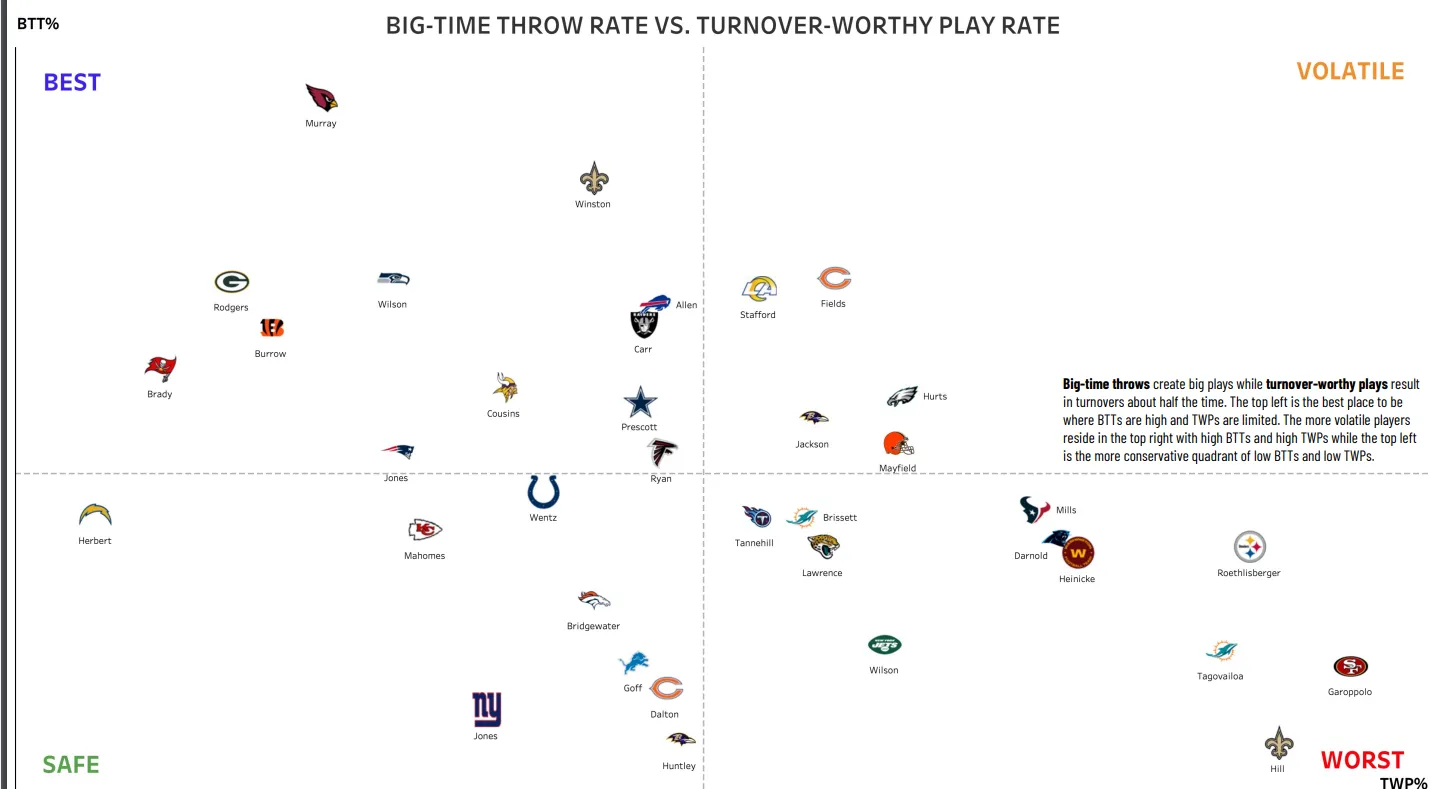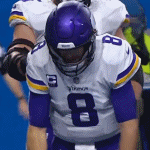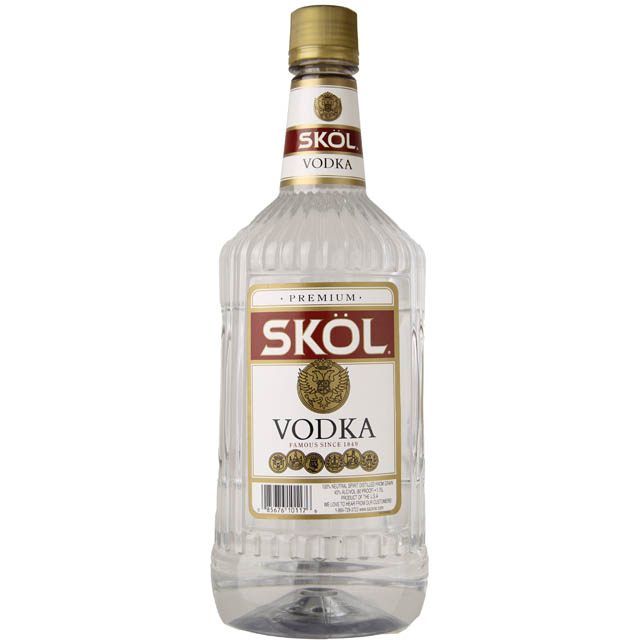Post by andhesloose28 on Aug 26, 2022 12:30:30 GMT -6
The 2022 NFL season is upon us. As such, let us celebrate with yet another trip down recent memory lane as we visit the 2021 Rate of Adjusted Pressure Numbers, or RAP for short. These numbers show Matthew Stafford enjoyed the best pass protection of his career en route to a Super Bowl championship with the Los Angeles Rams.
Over the last couple of weeks, Football Outsiders has run basic pressure rates from 2021. Now we're going to make things a bit more complicated. RAP is an opponent-adjusted metric for measuring a team's success at generating or avoiding pressure. It's calculated using a machine learning model that first predicts the probability of pressure from a set of variables, and then it is re-rerun with the opponent-specific inputs set to average, with the difference between the two accounting for the opponent. For a more detailed explanation, see this link. And for last year's article, see here. Reminder, all data comes from Football Outsiders' game charting data (collected first by FO staff and volunteers, then in conjunction with ESPN Stats & Info, and since 2015 by Sports Info Solutions).
Every year the model goes through an additional iteration, which inevitably shifts the all-time rankings up and down some spots as new information is added. Last year, the big addition was incorporating Estimated Quarterback Time to Throw into the picture. This year, I added offensive line continuity as a variable. While Football Outsiders has its own offensive line continuity metric, it is broken down by year whereas I needed something that would be available at the weekly level. As such, I came up with my own metric, which basically measures how many consecutive weeks a team trots out the same five starting offensive linemen. In addition, I had a second metric to capture how many new members of the offensive line would be starting a given week compared to the previous week. Not only did these new additions impact the model, they were also part of the opponent adjustments for defenses.
Next, I like to examine major league changes that occurred during the season that might materially affect the RAP standings for the corresponding year. In 2020, the big one was Tom Brady finally departing New England for Tampa Bay and being replaced by Cam Newton. Last year, the big one involved the Super Bowl champions, as they underwent their own bit of quarterback plastic surgery.
Over the last couple of weeks, Football Outsiders has run basic pressure rates from 2021. Now we're going to make things a bit more complicated. RAP is an opponent-adjusted metric for measuring a team's success at generating or avoiding pressure. It's calculated using a machine learning model that first predicts the probability of pressure from a set of variables, and then it is re-rerun with the opponent-specific inputs set to average, with the difference between the two accounting for the opponent. For a more detailed explanation, see this link. And for last year's article, see here. Reminder, all data comes from Football Outsiders' game charting data (collected first by FO staff and volunteers, then in conjunction with ESPN Stats & Info, and since 2015 by Sports Info Solutions).
Every year the model goes through an additional iteration, which inevitably shifts the all-time rankings up and down some spots as new information is added. Last year, the big addition was incorporating Estimated Quarterback Time to Throw into the picture. This year, I added offensive line continuity as a variable. While Football Outsiders has its own offensive line continuity metric, it is broken down by year whereas I needed something that would be available at the weekly level. As such, I came up with my own metric, which basically measures how many consecutive weeks a team trots out the same five starting offensive linemen. In addition, I had a second metric to capture how many new members of the offensive line would be starting a given week compared to the previous week. Not only did these new additions impact the model, they were also part of the opponent adjustments for defenses.
Next, I like to examine major league changes that occurred during the season that might materially affect the RAP standings for the corresponding year. In 2020, the big one was Tom Brady finally departing New England for Tampa Bay and being replaced by Cam Newton. Last year, the big one involved the Super Bowl champions, as they underwent their own bit of quarterback plastic surgery.
Stafford vs. Goff
Squint hard enough and you can kind of see the similarities between the two quarterbacks beyond the fact that they are both former No. 1 overall picks. Both have generally had stable time-to-throw metrics and low offensive line continuity, with a one-year outlier for Stafford (not coincidentally timed with his best season).
For Stafford in particular, this past season was metaphorically going from the poor house to the penthouse, and his RAP numbers reflect the same. However, his career to this point was a bit of a surprise. Despite the reputation as a traditional pocket passer with a strong arm and a quick release, his overall pressure rate has been strange. After several years of positive trends, Stafford suddenly reversed course in 2016 and stayed that way until his last year in Detroit. I'll leave it to Lions fans to provide some perspective on why this might be.
As for Stafford's unfortunate counterpart, Jared Goff went from the ideal-if-awkward to the modern day NFL hellscape. Of course, Goff isn't blameless, but a look over his pressure percentage shows at least a positive overall trend. And although this past season's disaster was reminiscent of his ghoulish rookie season, the RAP numbers clearly indicate he has improved since then.
For Stafford in particular, this past season was metaphorically going from the poor house to the penthouse, and his RAP numbers reflect the same. However, his career to this point was a bit of a surprise. Despite the reputation as a traditional pocket passer with a strong arm and a quick release, his overall pressure rate has been strange. After several years of positive trends, Stafford suddenly reversed course in 2016 and stayed that way until his last year in Detroit. I'll leave it to Lions fans to provide some perspective on why this might be.
As for Stafford's unfortunate counterpart, Jared Goff went from the ideal-if-awkward to the modern day NFL hellscape. Of course, Goff isn't blameless, but a look over his pressure percentage shows at least a positive overall trend. And although this past season's disaster was reminiscent of his ghoulish rookie season, the RAP numbers clearly indicate he has improved since then.
the lack of correlation of defensive RAP to total sacks is astounding to me. At least at first perusal. The second worst defensive RAP team, Minnesota, was second in 2021 sacks.




























 ... and neither is this Chris guy.
... and neither is this Chris guy.